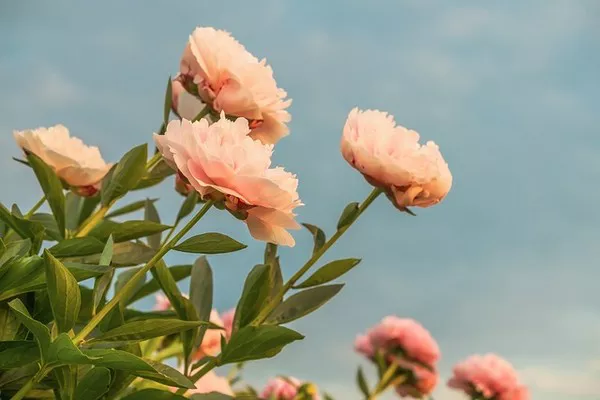Flowers, with their vibrant colors and delicate fragrances, bring joy and beauty to any space. Whether you’ve received a thoughtful bouquet or harvested blooms from your garden, knowing how to store them properly is crucial to extend their freshness and beauty. While refrigeration is a common method, not everyone has access to this option. In this comprehensive guide, we will explore alternative methods to store flowers without a fridge, ensuring that your blooms remain stunning for as long as possible.
Understanding the Lifespan of Cut Flowers
Before delving into storage methods, it’s essential to understand the factors that affect the lifespan of cut flowers. Proper care begins at the moment of harvest, and each step in the process plays a vital role in maintaining their vitality.
1. Harvesting at the Right Time:
Successful flower preservation starts with harvesting at the right time. Choose flowers in the early morning or late evening when they are hydrated and temperatures are cooler.
2. Clean Cuts Matter:
Use sharp, clean scissors or pruning shears to make precise cuts at a 45-degree angle. This helps flowers absorb water more effectively.
3. Remove Foliage:
Leaves submerged in water can promote bacterial growth. Remove excess foliage below the waterline to keep your water clean and flowers fresh.
Water-Based Preservation Methods
For those without access to a fridge, water-based methods are effective in maintaining the freshness of your flowers. These methods focus on providing ample hydration to the blooms.
1. Vase Method:
Select a clean vase and fill it with lukewarm water.
Add flower preservative or a homemade solution of sugar, lemon juice, and a drop of bleach.
Trim the stems at an angle and arrange the flowers in the vase.
Change the water every two days and recut the stems for optimal freshness.
2. Water Bucket Technique:
Fill a clean bucket with water and add flower preservative.
Immerse the entire bouquet in the bucket, ensuring all stems are submerged.
Leave the flowers in the bucket for a few hours or overnight.
Remove and shake off excess water before arranging in a vase.
3. Hydrogel Beads:
Soak hydrogel beads in water until they expand.
Place the hydrated beads at the bottom of a vase or container.
Arrange the flowers on top of the beads, allowing them to absorb moisture gradually.
Air-Based Preservation Methods
In situations where water may not be readily available, air-based preservation methods can be effective alternatives.
1. Hanging Bouquets:
Bundle flowers together and tie them with a string.
Hang the bouquet upside down in a cool, dry, and dark place.
This method is ideal for drying flowers and preserving their shape.
2. Silica Gel Drying:
Fill a container with silica gel, bury the flowers, and gently cover them with more gel.
Seal the container and leave it undisturbed for a week.
This method preserves flowers by extracting moisture, maintaining their color and form.
3. Pressing Flowers:
Place flowers between sheets of absorbent paper within the pages of a heavy book.
Leave the book in a dry and cool place for a few weeks.
Pressed flowers can be used for various crafts and decor.
Temperature and Light Considerations
Besides the preservation methods mentioned above, understanding the impact of temperature and light on cut flowers is crucial.
1. Avoid Direct Sunlight:
Keep flowers away from direct sunlight, as it can cause them to wilt prematurely.
Choose a cool and shaded location for extended freshness.
2. Maintain Room Temperature:
Ensure the storage area maintains a consistent room temperature.
Extreme temperature fluctuations can affect the longevity of flowers.
Additional Tips for Long-Lasting Blooms
1. Regular Pruning:
Remove wilted or dead flowers promptly to prevent the spread of bacteria.
Pruning encourages the growth of fresh buds, extending the overall lifespan of the bouquet.
2. Proper Hydration:
Check water levels regularly and top up as needed.
Hydrated flowers are more resilient and vibrant.
3. Avoid Ethylene Exposure:
Keep flowers away from fruits and vegetables, as they produce ethylene gas, which accelerates the aging of flowers.
Conclusion
Storing flowers without a fridge requires a thoughtful approach, considering the unique needs of different blooms. By employing water-based and air-based preservation methods, understanding temperature and light considerations, and incorporating additional tips for long-lasting blooms, you can ensure that your flowers remain a testament to nature’s beauty for an extended period. Whether you’re a gardening enthusiast or simply someone who appreciates the elegance of fresh flowers, these techniques will undoubtedly enhance your ability to savor the charm of blooms in every season.


